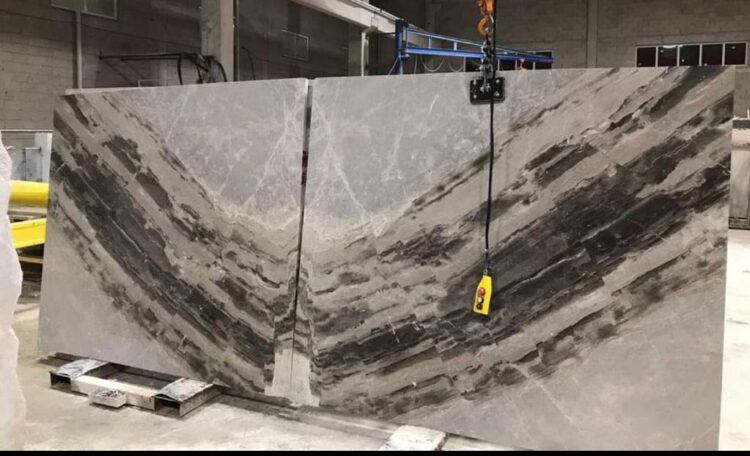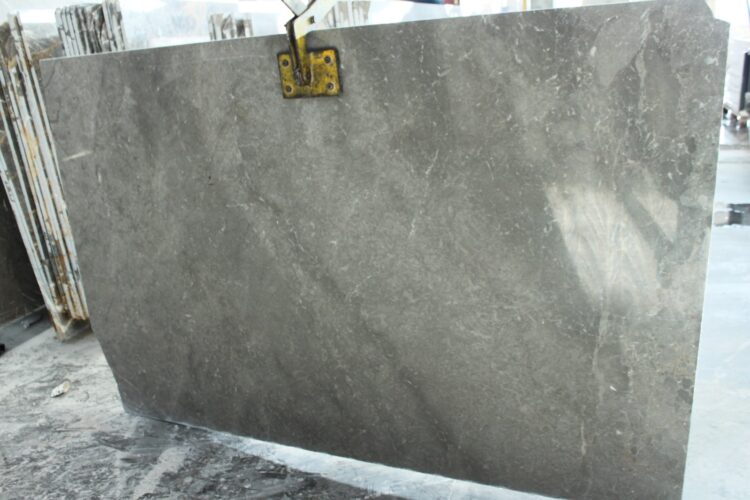We talked about the future of architecture and creativity. The young architect conveys his unique vision with his surrealist works. This interview with architect Per Carlsen offers a new perspective on the unique role of marble in architectural design. Carlsen’s experiences and unique perspective throughout his career provide an inspiring insight into how we can maximise the aesthetic and future use of marble.
Could you briefly tell our readers about yourself and your professional background?
Born in Oslo 1991. I studied art and graphic design before I started at Oslo school of architecture 2015-2021. Finished master architect in May 2021. Have been posting photos on Instagram of my renders since 2017 where the goal is to explore space. It has been a great way to catalog my work and share it with the world which in turn gives me the drive to explore further. Currently working as an architect at Nordic office of architecture here in Oslo.
How did you become interested in the field of architectural design and how did you develop yourself in this field?
Creating things in different forms has always been important to me. ( photos, painting, illustration, music production ) I saw architecture as a field where I could cultivate these interests further.These core interests became my way of exploring architecture.
What inspires you to create surrealist worlds and how does your design process work?
I like monumental experiences, like landscape paintings of mighty mountains. Large scales and spaces that are easy to read. I often start with a simple idea such as a plan or a symbol which I further model in 3D. For me, working minimally is a way to drive the process. Rendering is my tool to explore space.
What is the meaning of the materials, colors and shapes you use in your designs, and how do you relate them to the functionality and aesthetics of the building?
I would like to highlight the quote from Adolf Loos: Lack of ornamentation is a sign of spiritual strength. In other words, letting the materials speak for themselves, such as a beautiful stone facade. It doesn’t necessarily have to have a complex geometry to be beautiful, but rather that you focus on the material’s qualities, for example how it catches the light and what kind of texture it has in relation to the space. I often look for a balance between form, color and texture to achieve calmness in my compositions. Often consisting of a simple color palette of 1 to 3 colors depending on how complex the image is
What do you think about the future of architectural design and what advice can you give to beginners in this field?
In an age where we have more opportunities than ever before, it can sometimes feel chaotic. I see that I am constantly becoming more and more inspired towards the antique. The simple idea that everyone can understand, where the sense of space is present. I hope more people can take inspiration from our ancestors. Not just 100 years back in time, but several thousands.
Could you share the name and features of your The Tower, The Bridge, The Monument designs? For what purpose and how did you use the marble in this project?
Generally I don’t name my projects simply because I don’t want it to take too much focus, it adds mystery to the composition. Nor am I trying to solve any architectural challenges other than creating beautiful spaces. Marble/stone is something I often use because I think it is naturally beautiful as it is. Marble also radiates a weight, security and timelessness that fits well with my architecture.




























 +90 532 585 51 95
+90 532 585 51 95 +90 532 585 51 95
+90 532 585 51 95